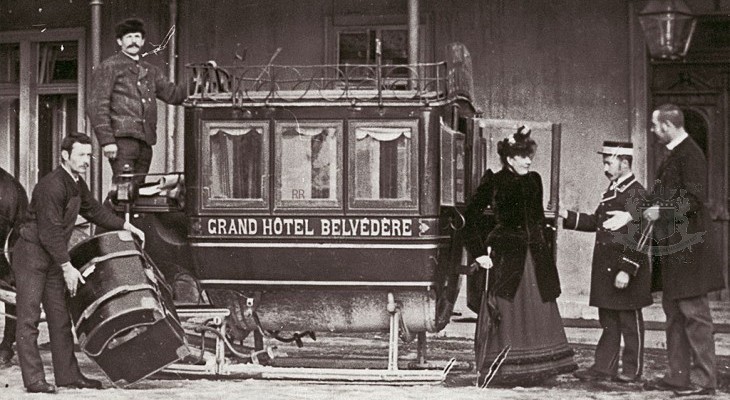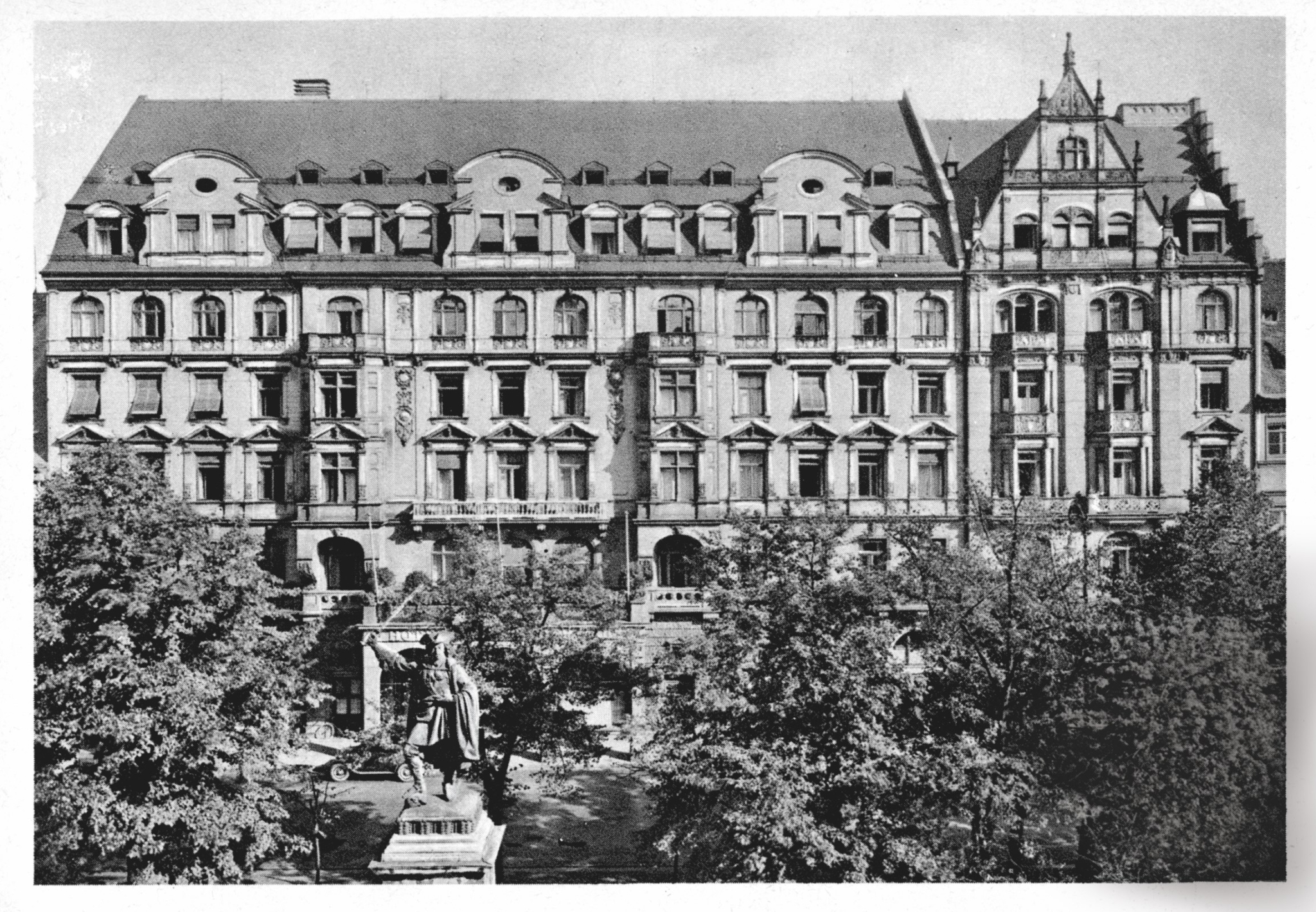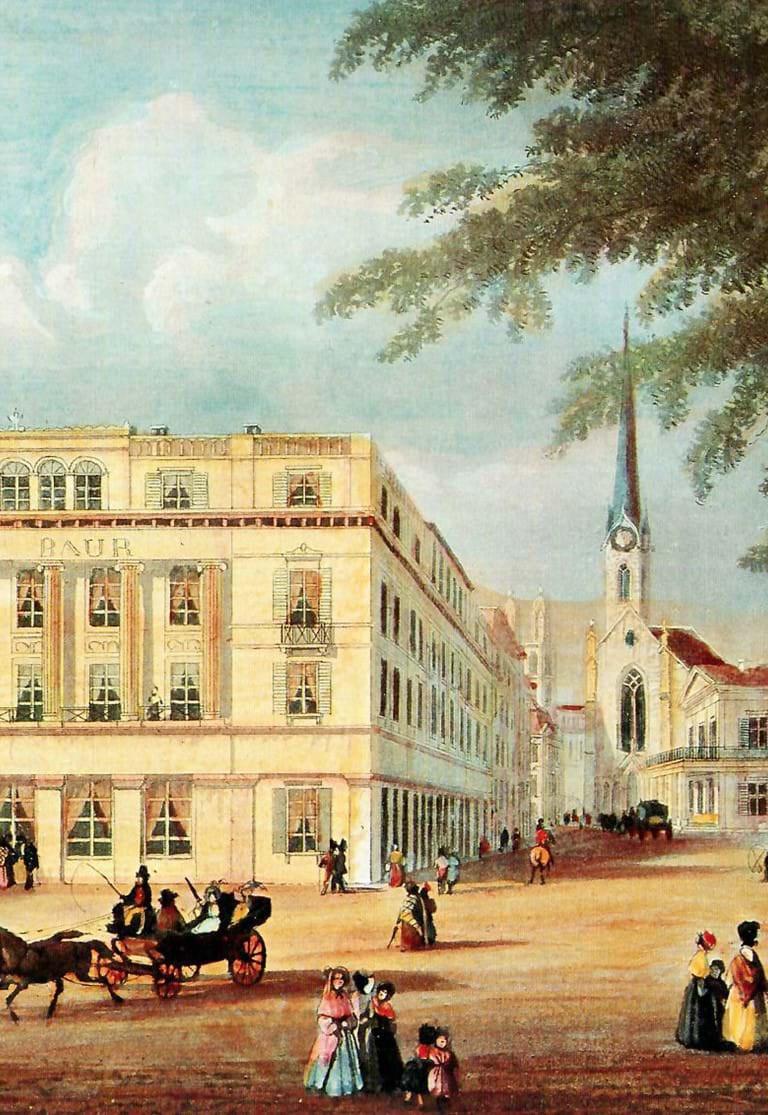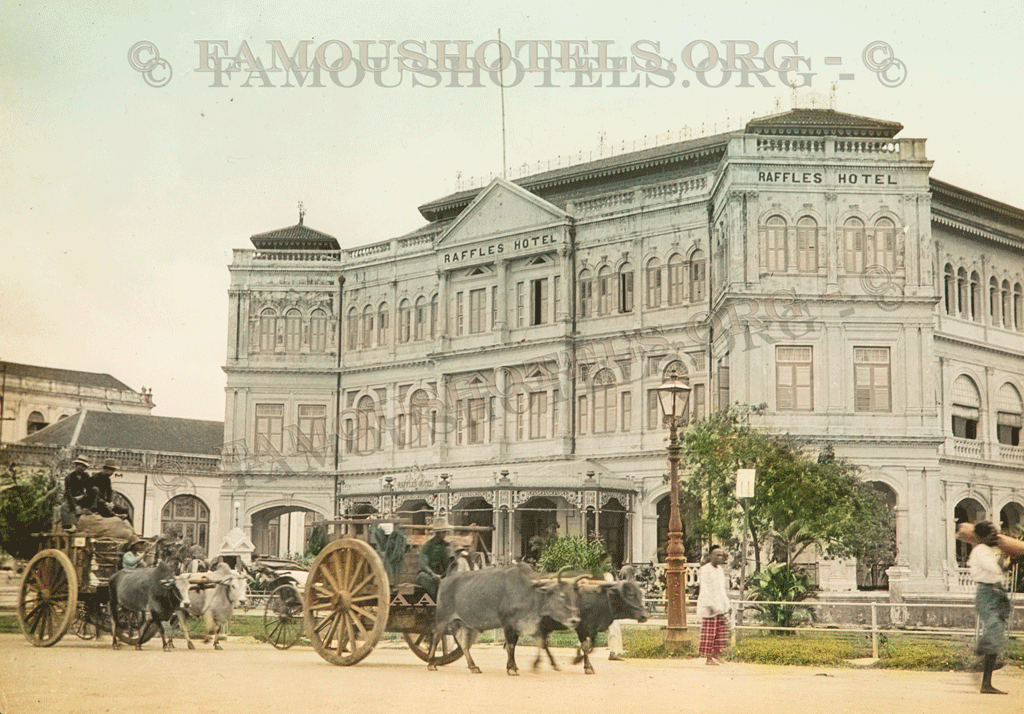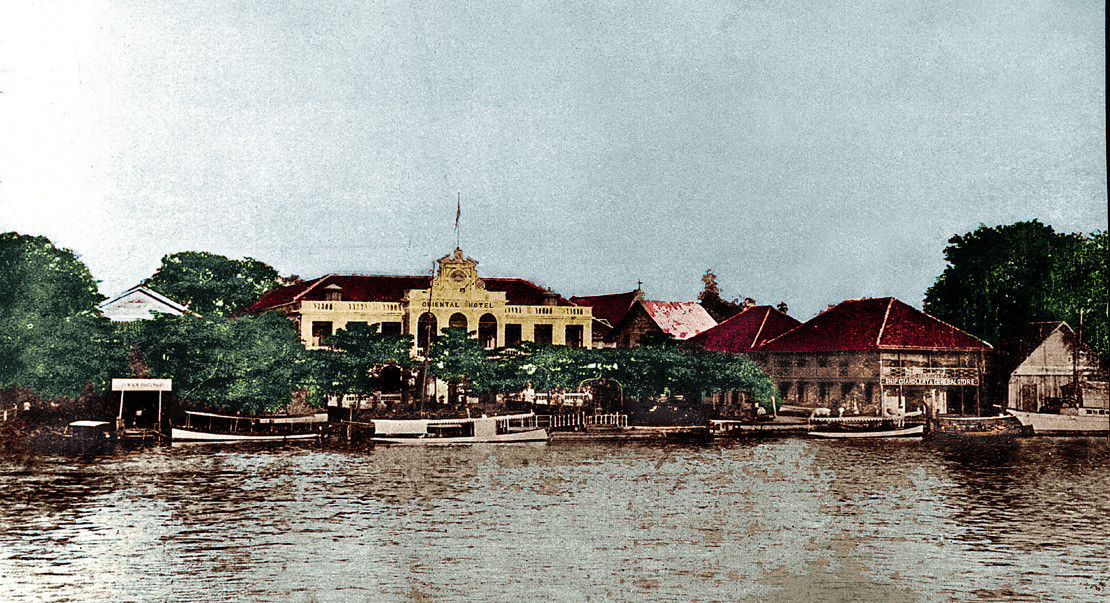A Winter Arrival at the Grand Hotel BELVÉDÈRE
( words)
A Winter Arrival at the Grand Hotel Belvedere
In a winter around 1900, a horse-drawn carriage on runners glided to a halt before the Grand Hotel Belvedere in Davos, Switzerland. The snow-covered landscape framed an elegant arrival: two uniformed hotel staff swiftly unloaded luggage from the carriageâ's roof, their breath almost visible in the crisp alpine air. A distinguished lady, dressed in a flowing black gown, stepped carefully onto the packed snow. At the entrance, a senior hotel official, impeccably dressed, extended a warm welcome.
This remarkable moment was captured by A.L. Henderson, court photographer to Queen Victoria. His lens preserved not just a scene, but an era—the golden age of grand hotels, where winter retreats in the Swiss Alps were a mark of sophistication and health. The Belvedere, already a renowned sanatorium and luxury retreat, stood as a beacon of hospitality, offering warmth, refinement, and impeccable service to Europe's elite.
Henderson's photograph remains a treasure of both photography and hospitality history, a glimpse into a world where the arrival at a grand hotel was as much a spectacle as the stay itself.
---------
Alexander Lamont Henderson (1838*/“1907) was a Scottish-born photographer renowned for his contributions to Victorian-era photography. His work included portrait photography, as evidenced by cartes-de-visite and cabinet cards from the 1860s to the 1880s.
In 1884, Queen Victoria awarded Henderson a Royal Warrant, recognizing his skill in capturing everyday royal life. This honor allowed him to document various aspects of the royal household, contributing significantly to the visual history of the British monarchy. After Queen Victoria's death in 1901, Henderson retired from professional photography. He then embarked on photographic tours across Europe, visiting countries such as France, Italy, and Spain, further enriching his portfolio with diverse cultural scenes. Henderson passed away in 1907, leaving behind a legacy that offers a valuable glimpse into 19th-century British society and the royal family.

